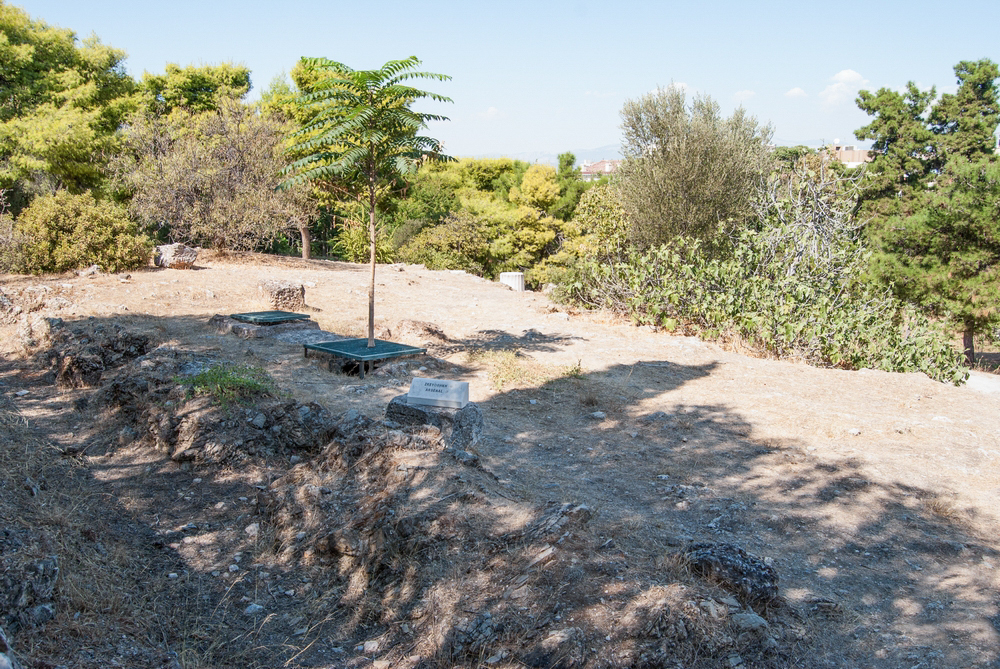Arsenal
The arsenal of ancient Athens.
Location
Timeline
Modern and Contemporary era (1821 - )
Ottoman era (1453- 1821)
Byzantine era (331 AC- 1453)
Roman era (30 BC- 330 AC)
300 BC It was originally estimated to have been built around 300 BC, but may have actually been built a few decades later.



Share